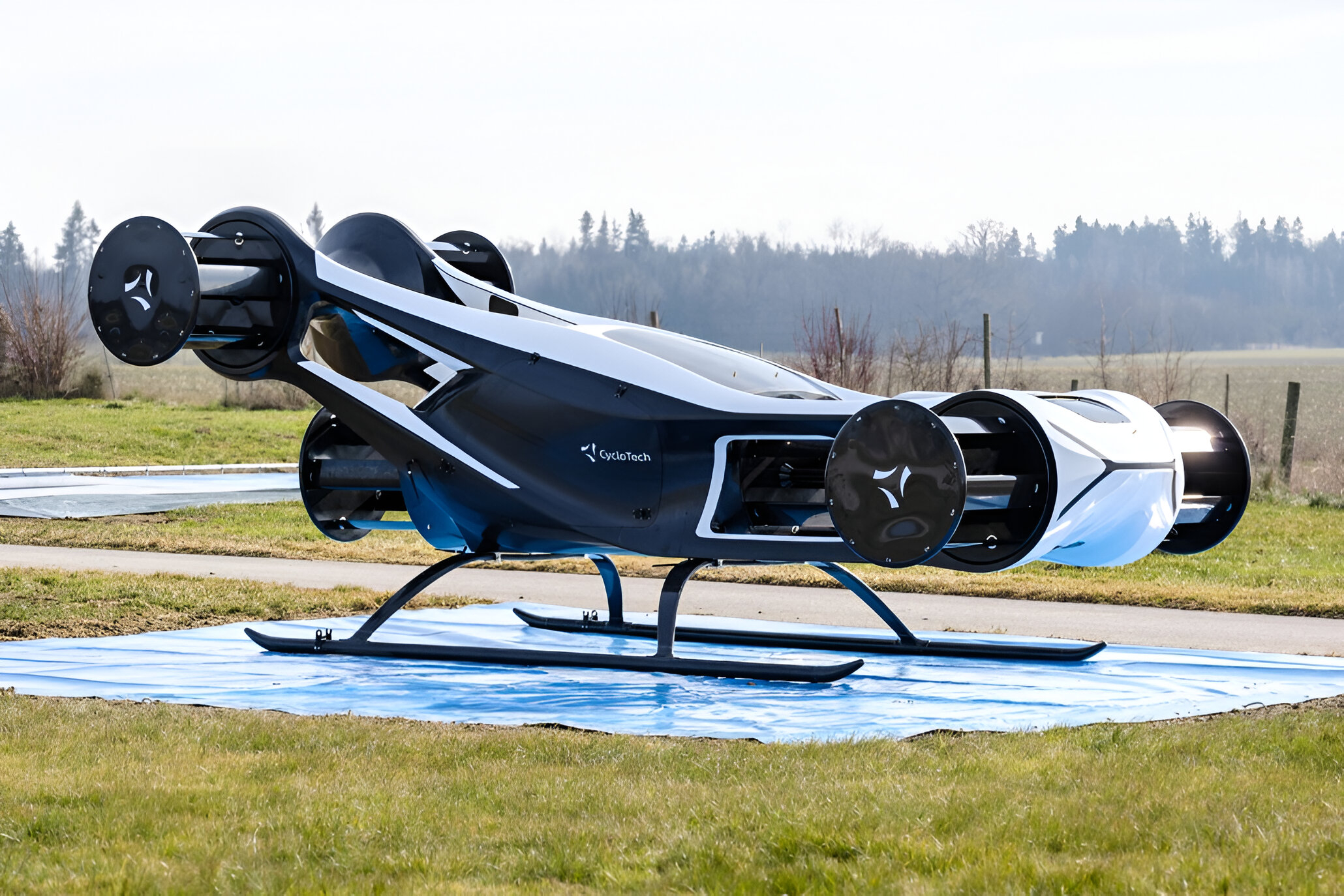Rare cars captivate every automotive enthusiast. These unique vehicles never saw mass production. What truly defines a “rare” car? How is it different from simply being old?
Hidden gems lost to time await your discovery. Owning automotive history feels like finding the last puzzle piece for a masterpiece. These rolling treasures redefine what makes a car truly priceless.
15. Mercedes-Benz 300 SLR Uhlenhaut Coupe (Exterior)
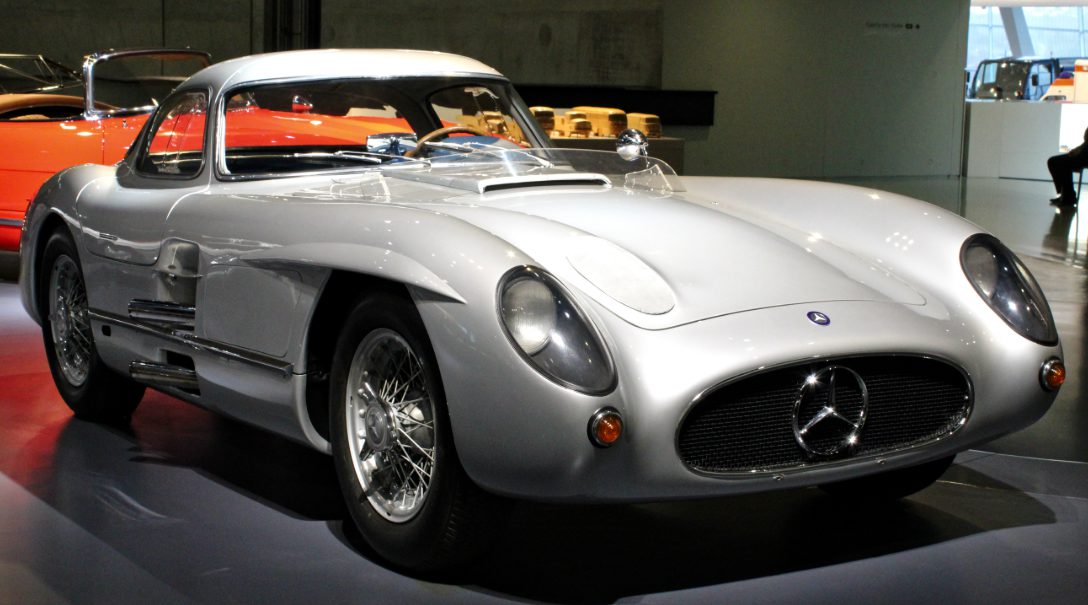
The Mercedes-Benz 300 SLR Uhlenhaut Coupe fetched $142 million at auction in 2022. Those gullwing doors immediately identify it as automotive royalty. The streamlined body houses racing DNA born from Mercedes’ competitive spirit.
That elongated hood conceals a magnificent straight-eight engine. Lightweight construction contributes to exceptional performance. Every exterior element serves a purpose – like a chess grandmaster who never makes unnecessary moves. Nothing feels wasted or decorative. This legendary vehicle demonstrates the pinnacle of automotive artistry and exclusivity, comparable to other rare masterpieces.
Mercedes-Benz 300 SLR Uhlenhaut Coupe (Interior)
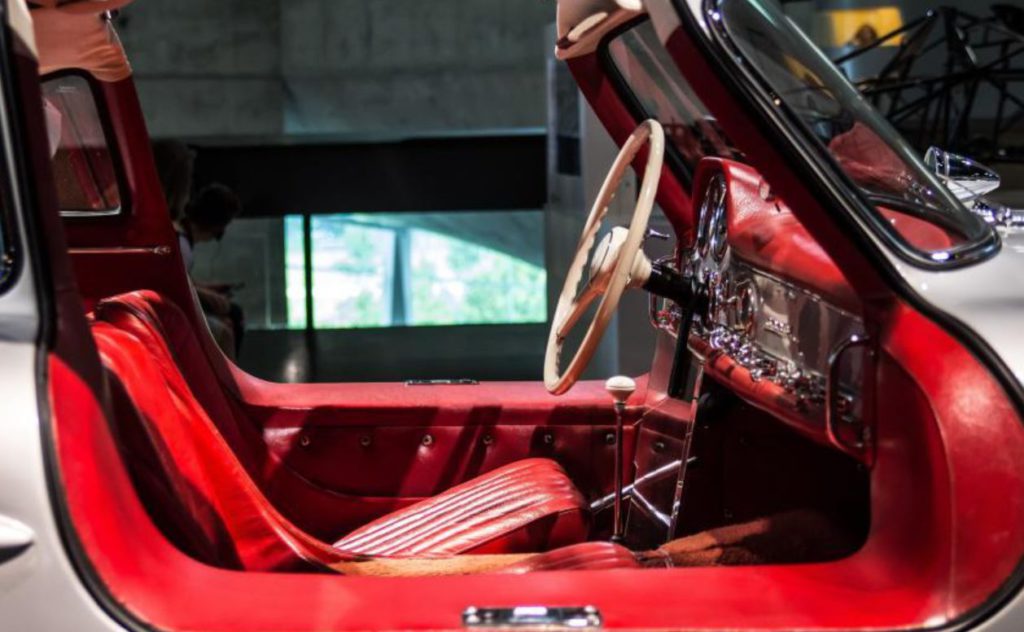
Step inside to find a cockpit where racing meets luxury. The minimalist dashboard features precisely calibrated instruments. Hand-stitched leather covers racing-inspired seats. That three-spoke steering wheel offers perfect grip diameter.
Simplicity rules the cabin design. Every control falls naturally to hand. Only two prototypes exist, making this interior rarer than front-row Taylor Swift tickets. Maintenance requires meticulous skill and expert care. The craftsmanship speaks of an era when hands, not robots, built masterpieces.
14. Pagani Zonda HP Barchetta (Exterior)
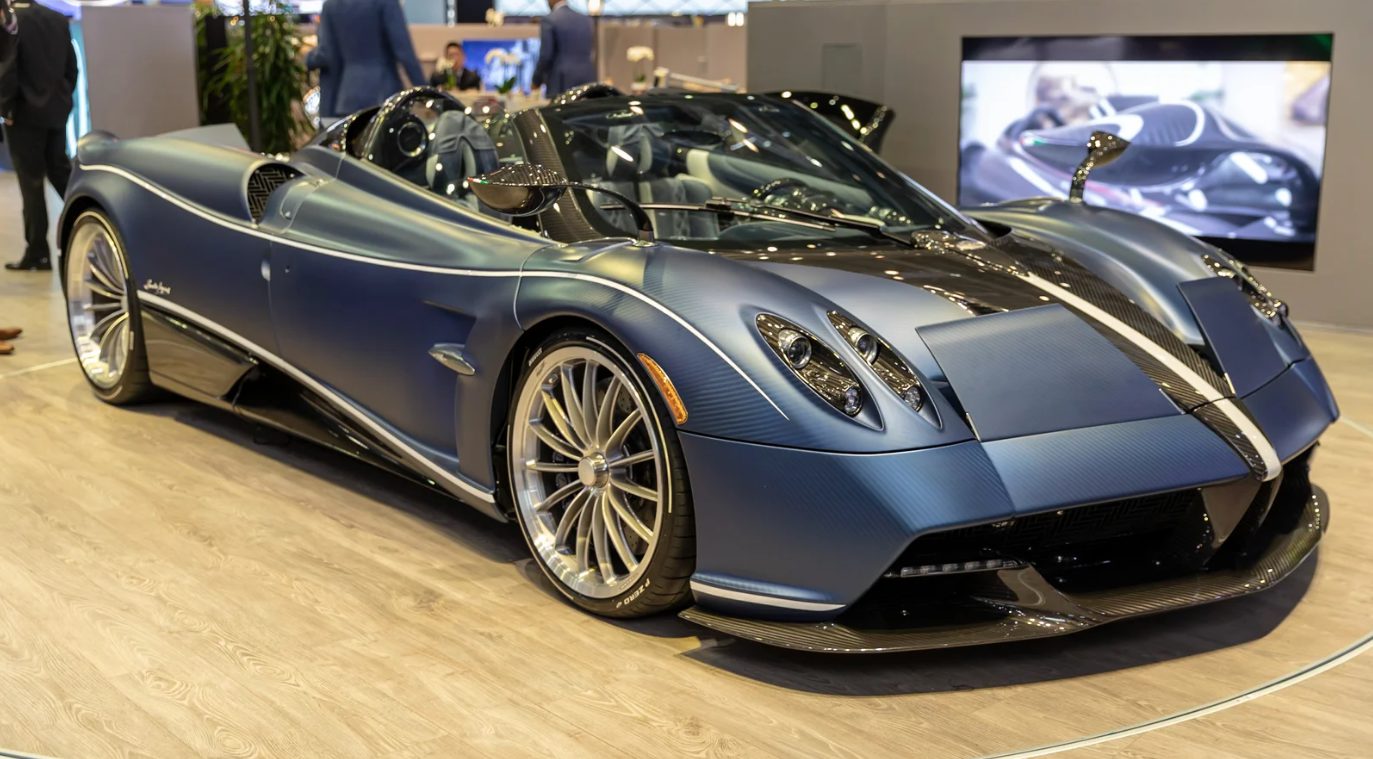
Collectors worldwide covet this masterpiece for supreme exclusivity. The blue carbon fiber body captivates immediately. A unique speedster-style windshield adds flair to its profile. Partially covered rear wheels enhance aerodynamic presence.
Only three examples exist worldwide. Each panel shows meticulous attention to detail. The car sits so low it practically needs a chiropractor appointment after speed bumps. Even motionless, it appears to be moving. Designer Horacio Pagani created something that makes Ferrari owners do double-takes.
Pagani Zonda HP Barchetta (Interior)
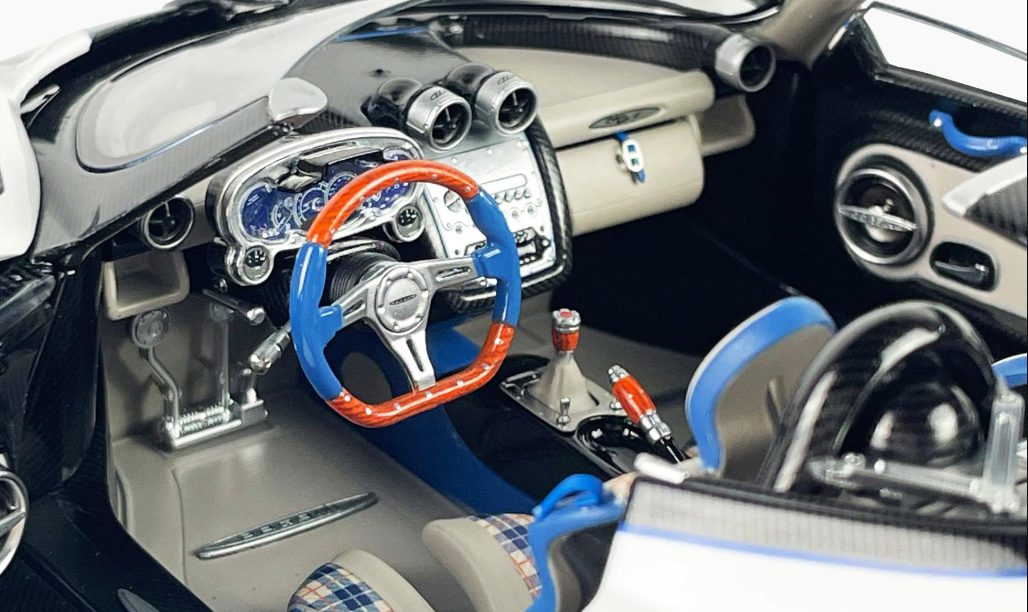
Open the door to discover a cockpit blending art with engineering. Exposed mechanical components remind you of performance purpose. Horacio Pagani himself owns one, increasing mystique. The leather work rivals Italian furniture craftsmanship.
The dashboard combines analog gauges with modern functionality. Carbon fiber elements continue the exterior theme inside. Switchgear feels substantial, with satisfying mechanical feedback. Sitting in this cockpit feels like wearing a $20 million suit – technically unnecessary but transformative. The ergonomics serve the driver like a personal concierge.
13. Bugatti Chiron Super Sport 300+ (Exterior)
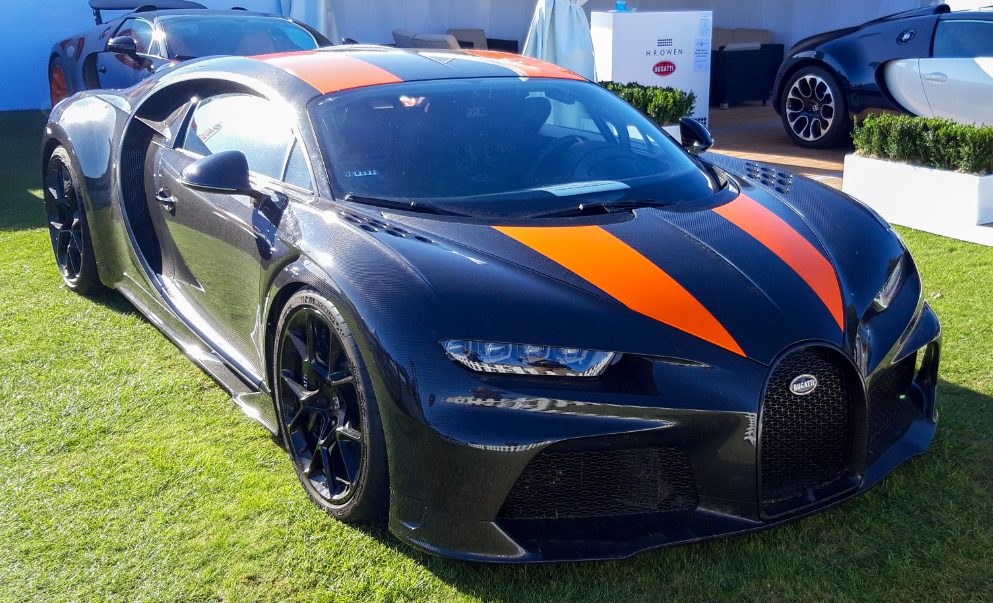
Why do speed records make headlines? This Bugatti answers with authority. Its elongated, aerodynamic body slices through air with unprecedented efficiency. The striking orange accents contrast against carbon fiber panels.
Production remained capped at just 30 units worldwide. Every curve and vent serves aerodynamic purposes. This car hit 490 km/h during testing – fast enough to give physics a headache. The design makes other supercars look like they’re trying too hard. Its proportions reflect function-first thinking with aesthetic brilliance as a happy accident.
Bugatti Chiron Super Sport 300+ (Interior)

Inside this speed demon, luxury meets performance engineering. The cockpit wraps around the driver like a superhero suit. Controls cluster within easy reach, minimizing distraction at extreme speeds. Premium materials cover every surface.
The seats provide surprising comfort despite performance focus. Carbon fiber elements remind occupants of lightweight construction. Originally priced at $3.5 million, the interior justifies this figure through craftsmanship. Reaching the top speed requires special training and a runway longer than most people’s commutes. Digital displays provide crucial information without overwhelming the driver.
12. Stout Scarab (Exterior)
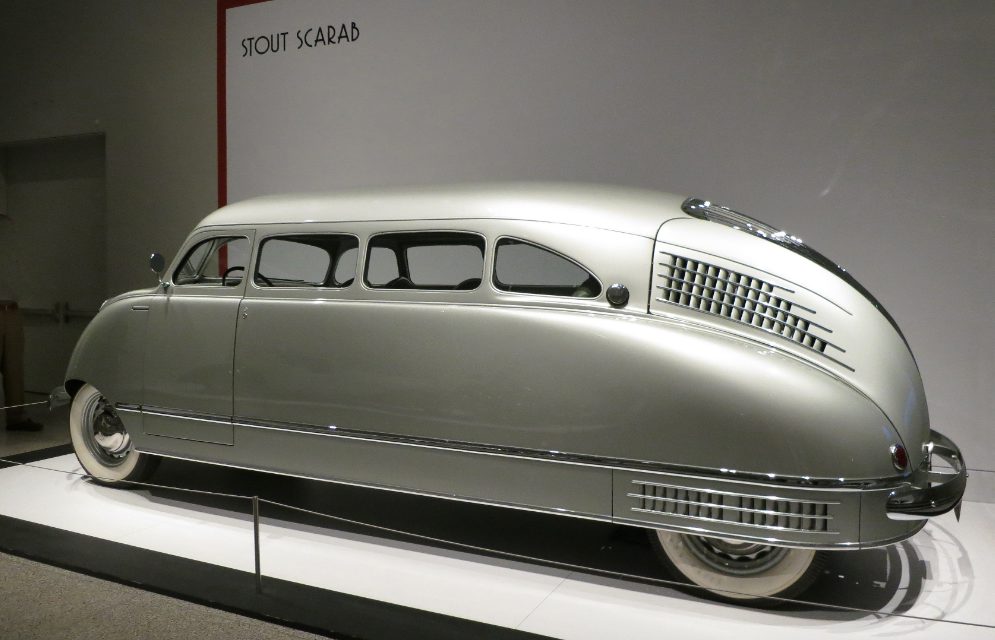
Bold innovations often redefine entire categories. This pioneered the minivan concept back in 1935. Its lightweight fiberglass body stood apart from contemporary designs. Streamlined styling borrowed heavily from aircraft aesthetics.
The exterior resembles a beetle on a mission – rounded, purposeful, and surprisingly sophisticated. Only nine hand-built units ever left the factory. High production costs contributed to its limited run. Those flowing curves show remarkable aerodynamic understanding decades before wind tunnels became common design tools.
Stout Scarab (Interior)
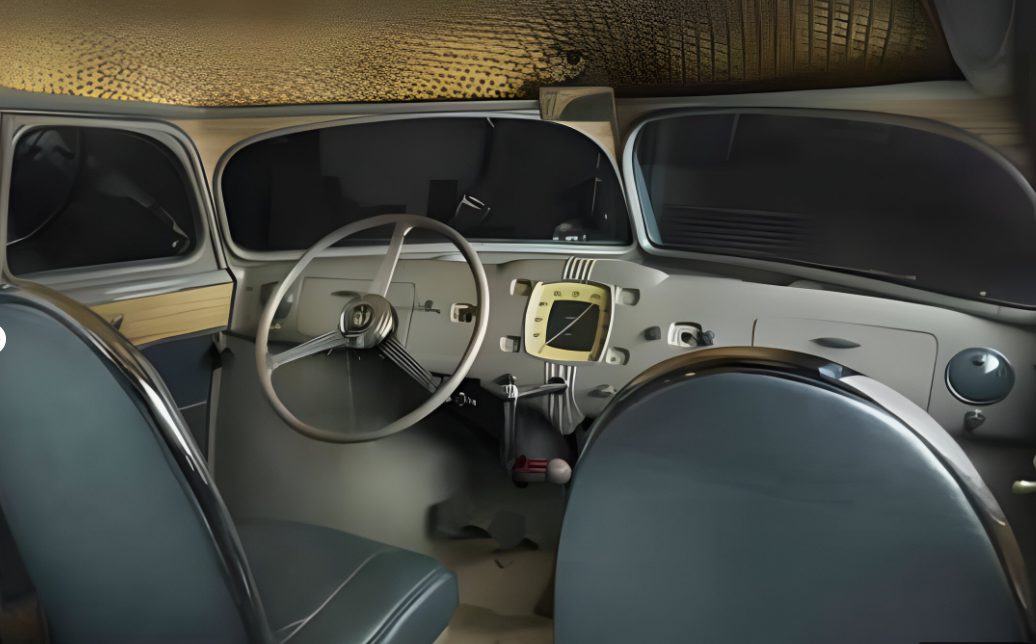
Step inside to discover why the Scarab was decades ahead of its time. The reconfigurable interior maximized passenger comfort with movable seats. A rear-mounted V8 engine freed up cabin space, creating a lounge-like atmosphere.
Innovative pneumatic suspension provided smooth ride quality. The interior space utilization seems impossible for its era – like finding a smartphone in a medieval painting. Materials focused on durability rather than luxury. This revolutionary approach to interior design influenced vehicles decades later. Most contemporary passengers probably said, “This can’t possibly be a car” on first entry.
11. Aston Martin Valkyrie (Exterior)
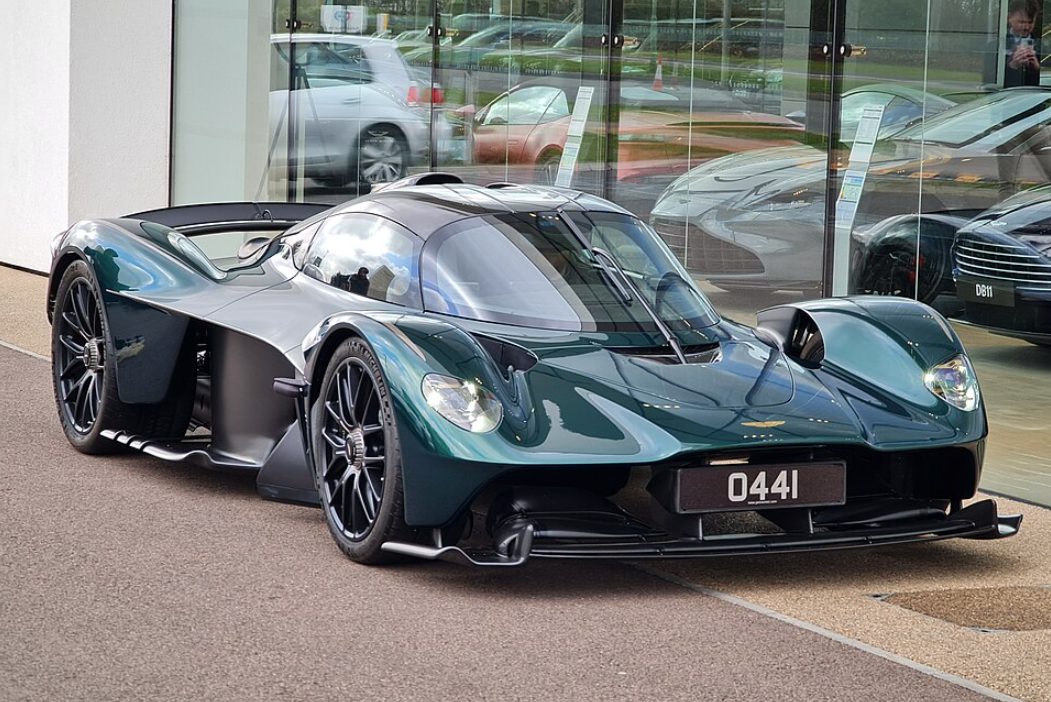
Automotive experts universally admire the Valkyrie‘s groundbreaking design philosophy. Formula 1-inspired engineering shapes every exterior surface. Production limitation to 150 units maintains exclusivity. The carbon fiber body prioritizes weight reduction.
Sophisticated aerodynamics enhance road grip through downforce. Air flows through rather than around the body. Every vent, wing, and channel serves performance purposes rather than aesthetics. The car looks like it’s going 200 mph while parked. Standing next to one makes most other supercars suddenly seem mass-produced and ordinary.
Aston Martin Valkyrie (Interior)
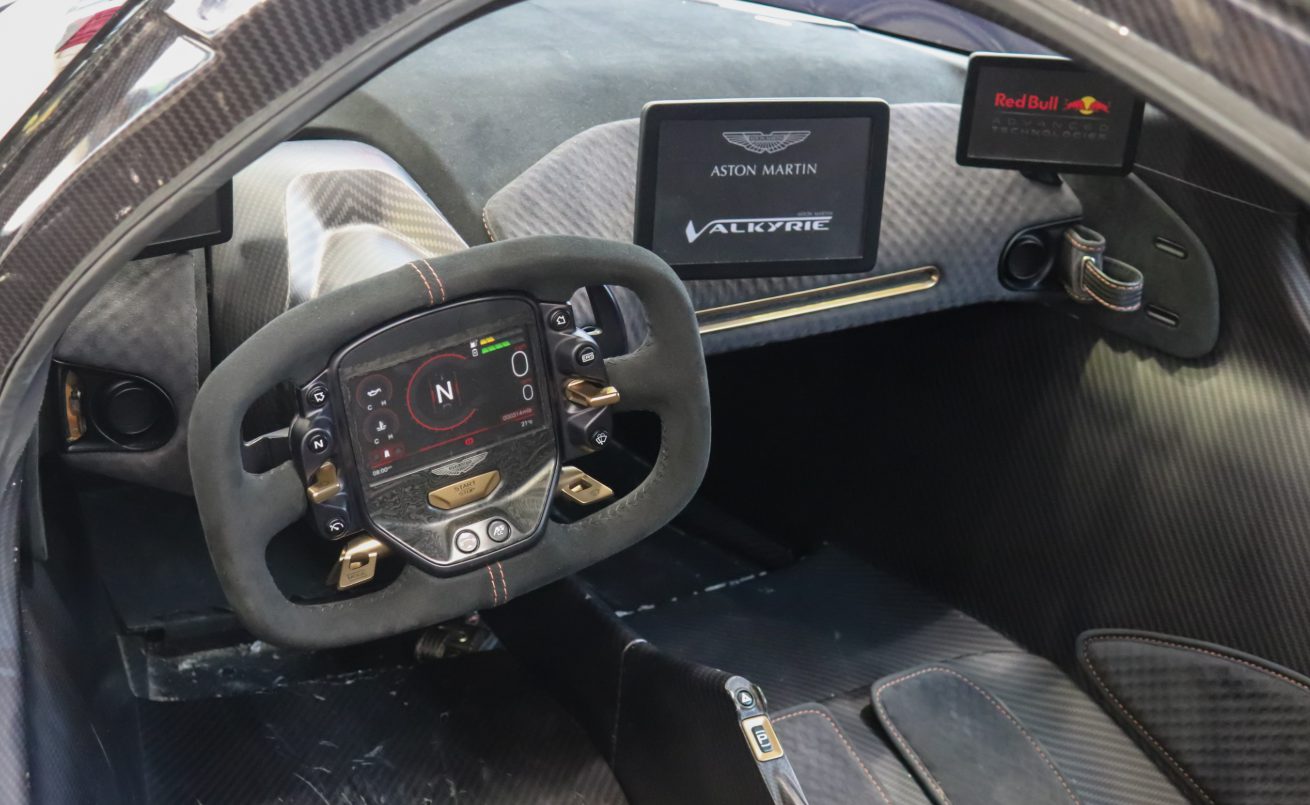
Inside this engineering marvel, form follows function with ruthless efficiency. The seating position mimics Formula 1 cars, with feet elevated higher than traditional supercars. A detachable steering wheel contains essential controls. Digital displays provide crucial information without distraction.
The minimalist approach strips away anything unnecessary. Cosworth partnered to create the 6.5L V12 engine producing 1155 horsepower. Storage space is virtually non-existent (forget about picking up groceries in this $3 million monster). This cabin makes a fighter jet cockpit seem spacious by comparison. Getting in requires yoga-level flexibility that owners likely pay personal trainers to maintain.
10. Lamborghini Veneno Roadster (Exterior)
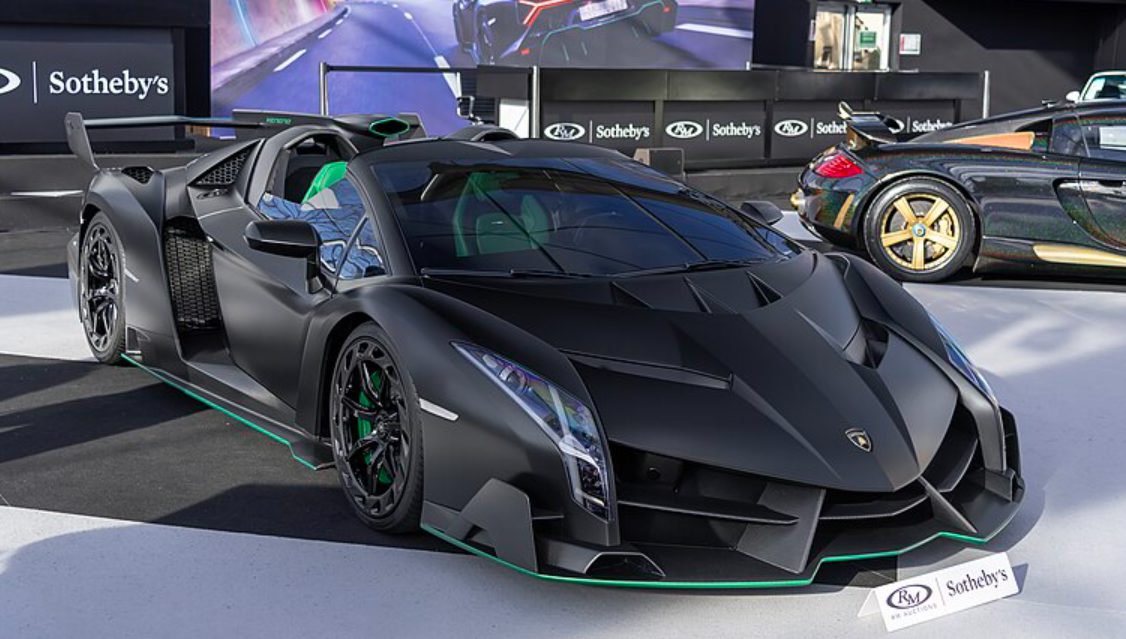
Searching for an automotive masterpiece? This Roadster celebrated Lamborghini’s 50th anniversary spectacularly. Designers drew inspiration from LMP1 race car aesthetics. Production remained limited to just nine units worldwide.
The aggressive exterior styling divides opinion like pineapple on pizza. Sharp angles and pronounced aerodynamic elements dominate the design. It makes a bold statement that isn’t for everyone. One example sold for $7.6 million at auction in 2019. The car looks like it might transform into a robot from a Michael Bay movie if you press the right buttons.
Lamborghini Veneno Roadster (Interior)
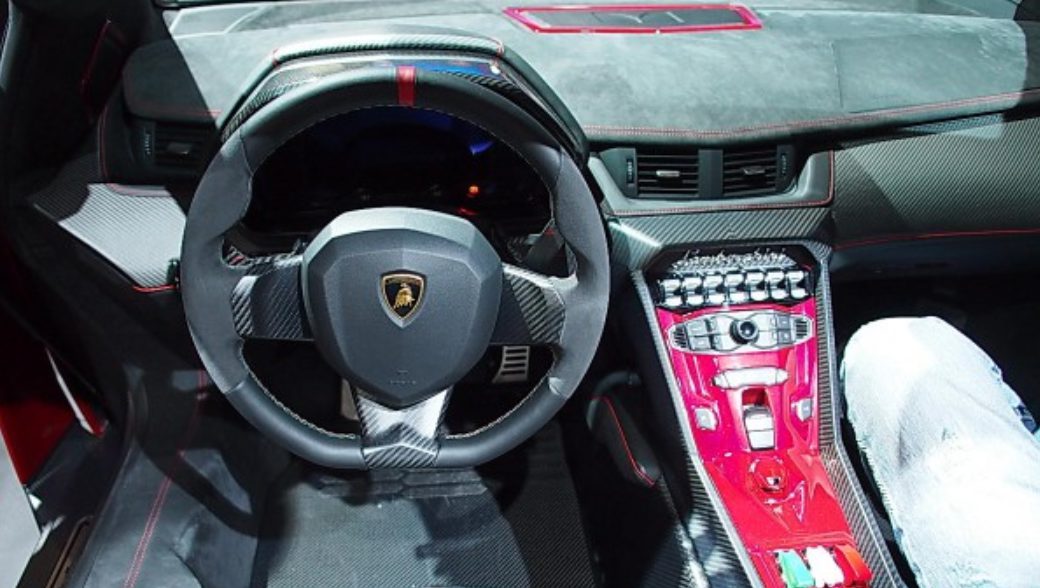
The interior continues the exterior’s uncompromising approach. Carbon fiber forms the basis for nearly every surface. Seating positions are low and race-inspired. The start button hides beneath a fighter jet-style flap.
Comfort takes a backseat to performance and drama. The 6.5L V12 engine delivers 750 horsepower to all four wheels. Acceleration from 0-62 mph takes just 2.8 seconds. The cabin feels like the control room for launching missiles rather than a place to discuss your day. At this price point, cupholders become optional features worth celebrating.
9. Talbot-Lago T150-C-SS (Exterior)
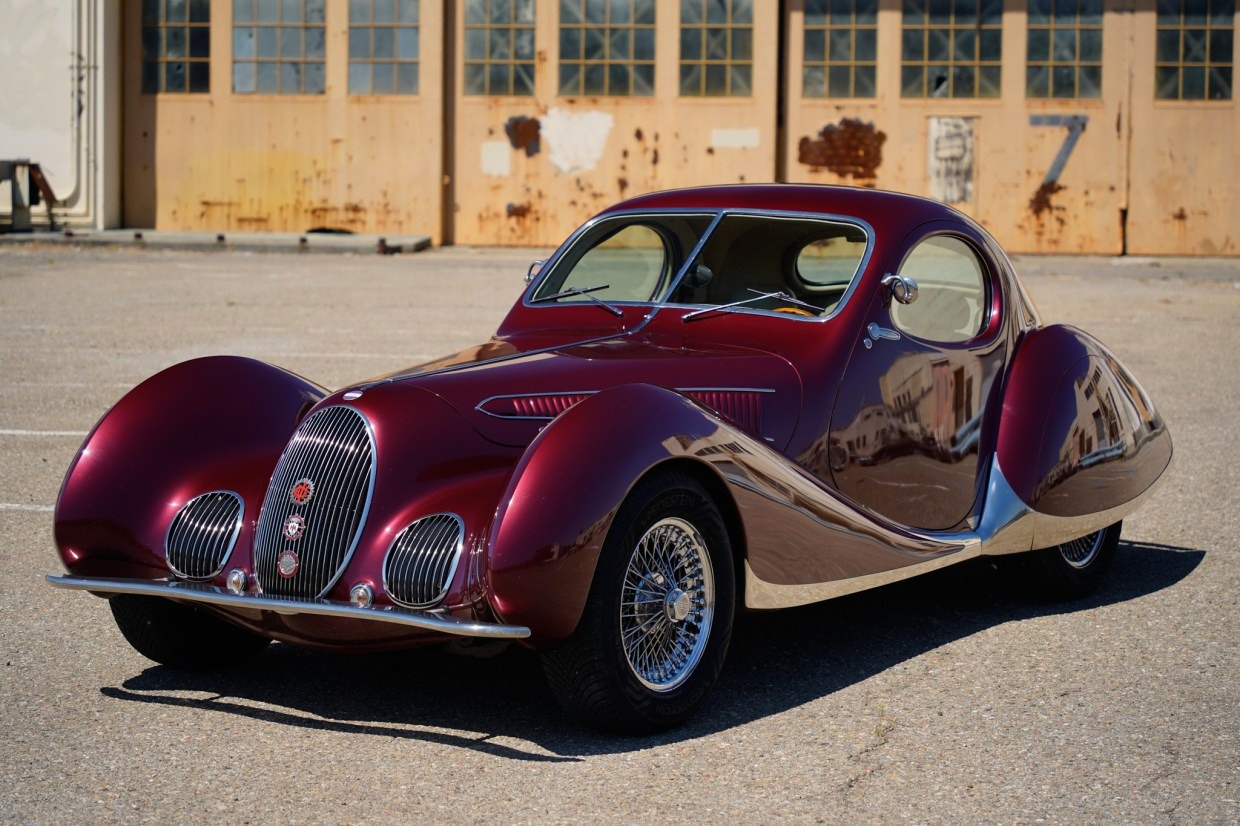
This French masterpiece set records when it sold for $13.4 million at Amelia Island. Its extreme rarity comes from having only two examples with this specific design. The renowned Figoni et Falaschi coachwork elevates it to automotive art.
Fully enclosed front fenders accentuate its elegant teardrop form. The streamlined aluminum body embraces Art Deco influences. Each curve flows logically into the next like water finding its natural path. The design stands as a perfect example of when engineering and artistry achieve harmony. Modern car designers still study its proportions with reverent awe.
Talbot-Lago T150-C-SS (Interior)

Inside, French elegance meets pre-war craftsmanship. The wood-rimmed steering wheel frames simple, elegant instrumentation. Leather seats show meticulous hand-stitching techniques rarely seen today. The dashboard contains only essential gauges.
A four-speed manual transmission requires deliberate movement. The 6-cylinder engine delivers 142 horsepower – impressive for its era. The cabin resembles a refined Parisian apartment somehow compressed into automotive form. Driving it feels like participating in a moving museum exhibition. Owners probably need white gloves just to adjust the mirrors.
8. Rolls-Royce 10 hp (Exterior)
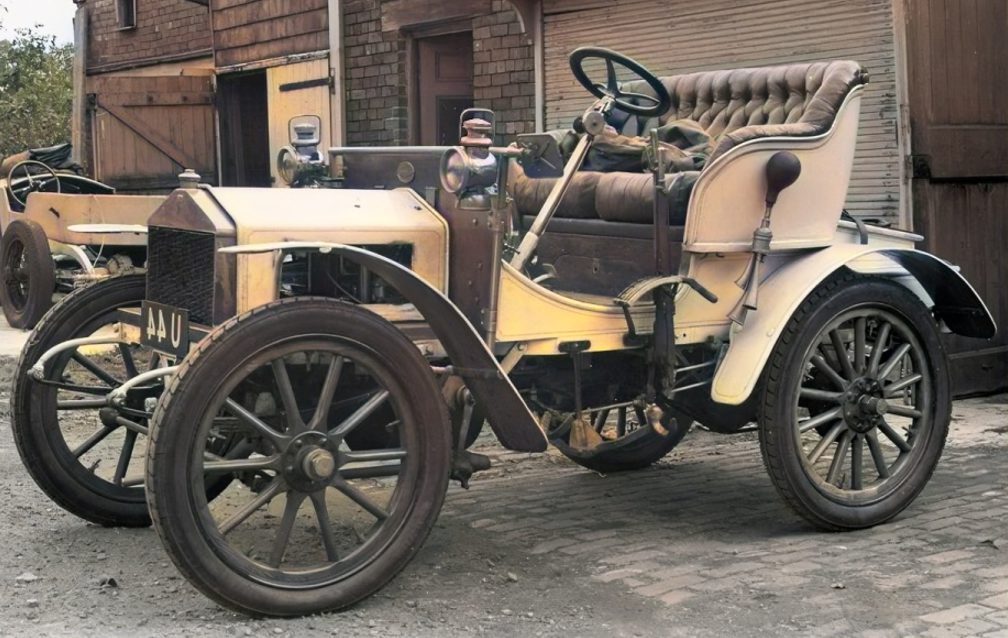
Automotive legend began with this elegant machine in 1904. It represents a fundamental piece of motoring history. Production consisted of just six initial units. Only one has survived to the present day.
The tall, upright body reflects early automotive design philosophy. Wooden wheels with solid rubber tires support the chassis. Artillery-style wheel construction emphasizes robustness. The design serves as automotive bedrock – everything that came later built upon these foundations. Looking at it is like watching the first scene of an epic saga that continues today.
The interior showcases early luxury transportation concepts. Simple controls reflect the vehicle’s pioneering status. The seating position remains upright and formal. Innovation appears in unexpected details throughout the cabin.
The two-cylinder engine delivers a modest 10 horsepower. Top speed reaches approximately 39 mph. The Royal Scottish Automobile Club now owns this priceless artifact. Its estimated value exceeds $35 million. Owning this car is like possessing the automotive equivalent of the first edition of Shakespeare’s works – historically significant beyond measure.
7. Bugatti Type 57 SC Atlantic (Exterior)
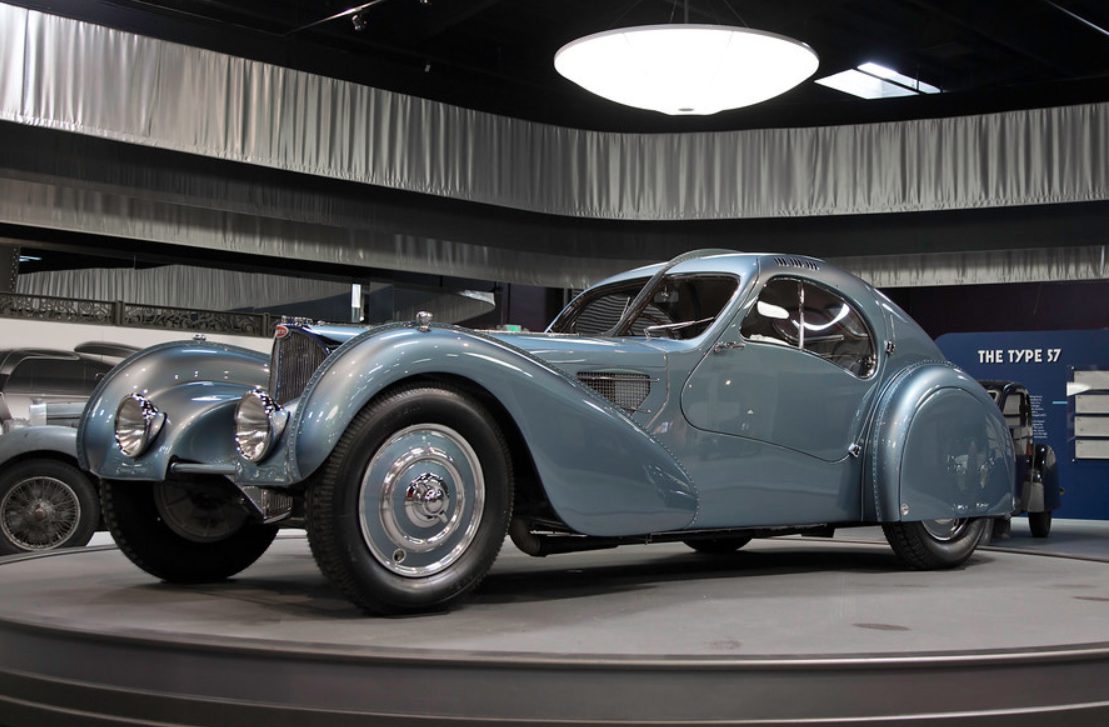
Unlike mass-produced vehicles, the Atlantic represents automotive artistry in purest form. Extremely limited production yielded just four cars. Jean Bugatti personally crafted its remarkable design. The riveted dorsal seam makes it instantly recognizable.
Aluminum body construction was revolutionary for its time. The distinctive teardrop shape optimized aerodynamics decades before wind tunnels became common. The design manages to be both alien and timeless simultaneously. Its flowing lines make modern supercars look overwrought and trying too hard. Beauty and function found perfect harmony here.
Bugatti Type 57 SC Atlantic (Interior)

Inside this legend, craftsmanship takes center stage. The wooden dashboard houses elegant Jaeger instruments. Leather seats show patination that only decades can create. The large steering wheel reflects pre-power steering requirements.
Famous owners included Ralph Lauren and the Rothschild family. The straight-eight engine delivers 200 horsepower – astonishing for the 1930s. One Atlantic remains missing, adding mystery to its legacy. The cabin feels like stepping into a time machine that actually works. No detail was too small for attention, no material too fine for consideration.
6. Jaguar XK120 C-Type (Exterior)

Some race cars become instant legends. This Jaguar secured victory at the grueling Le Mans 24-hour race. Its engineering team included Malcolm Sayer, who applied aircraft principles to automotive design.
The lightweight aluminum body improved aerodynamics. A tubular space frame provided structural rigidity with minimal weight. Low ground clearance optimized track performance. The design strips away everything that doesn’t make the car go faster, like a sentence edited by Hemingway. Function dictated form, yet somehow created timeless beauty in the process.
Jaguar XK120 C-Type (Interior)
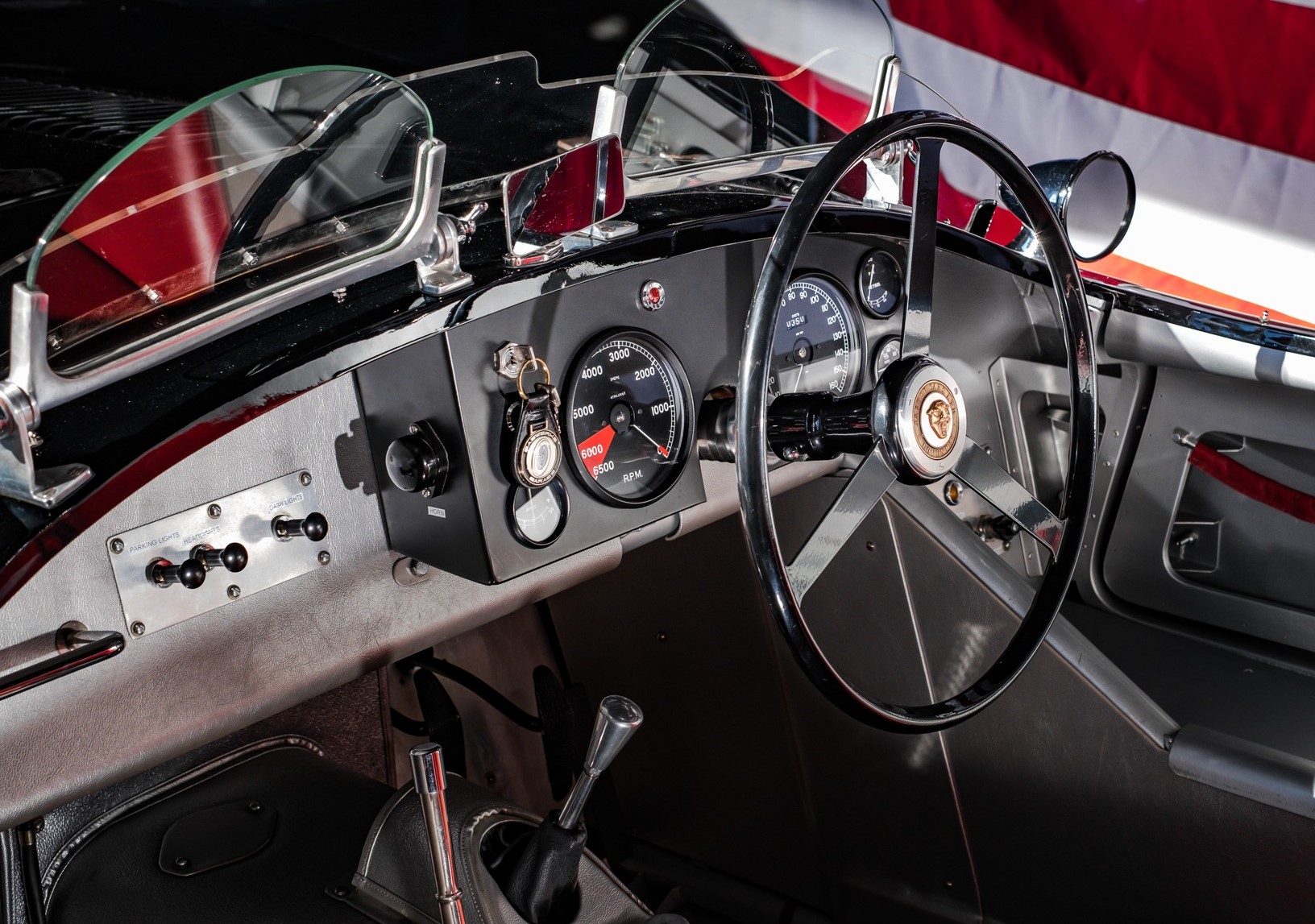
The spartan racing interior prioritizes function over comfort. Simple gauges provide essential information without distraction. That thin-rimmed steering wheel offers precise control. Minimalist seats save weight while providing necessary support.
Designers drew inspiration from the original XK120 road car. The asymmetrical layout prioritizes driver needs. Low production numbers make these exceedingly rare today. A recent sale reached $13.2 million. Getting comfortable in this cockpit requires the same dedication as training for a marathon. The reward, however, justifies every sacrifice.
5. Robocar (Exterior)
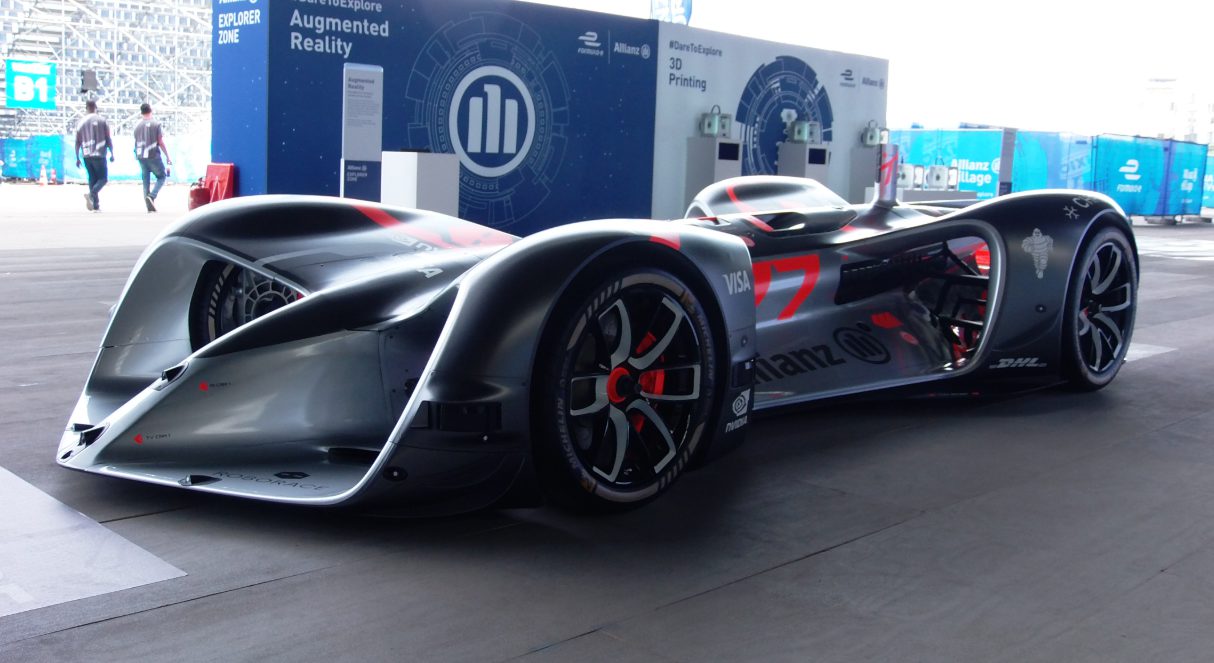
Bold innovation often signals revolutionary advancement. This vehicle pioneered autonomous racing worldwide. Daniel Simon created its futuristic shape. The absence of a cockpit immediately signals its unique purpose.
Advanced sensors enable precise navigation without human input. The sleek body optimizes aerodynamics without accommodating a driver. It’s the automotive equivalent of removing training wheels from a bicycle and discovering it rides better without them. All Robocars share identical hardware specifications. The difference lies purely in their digital brains.
Robocar (Interior)

The “interior” exists only as programming space. Without a human driver, the traditional cabin disappears entirely. Complex algorithms make real-time decisions during competition. Advanced processors replace human reflexes and judgment.
The difference between vehicles lies solely in their software. It debuted at the Paris Motor Show to widespread acclaim. The engineering makes even tech nerds feel outdated. Racing purists scoff until they see the lap times. Then they quietly read up on programming languages while pretending they’re not impressed.
4. Honda Dream 2 (Exterior)
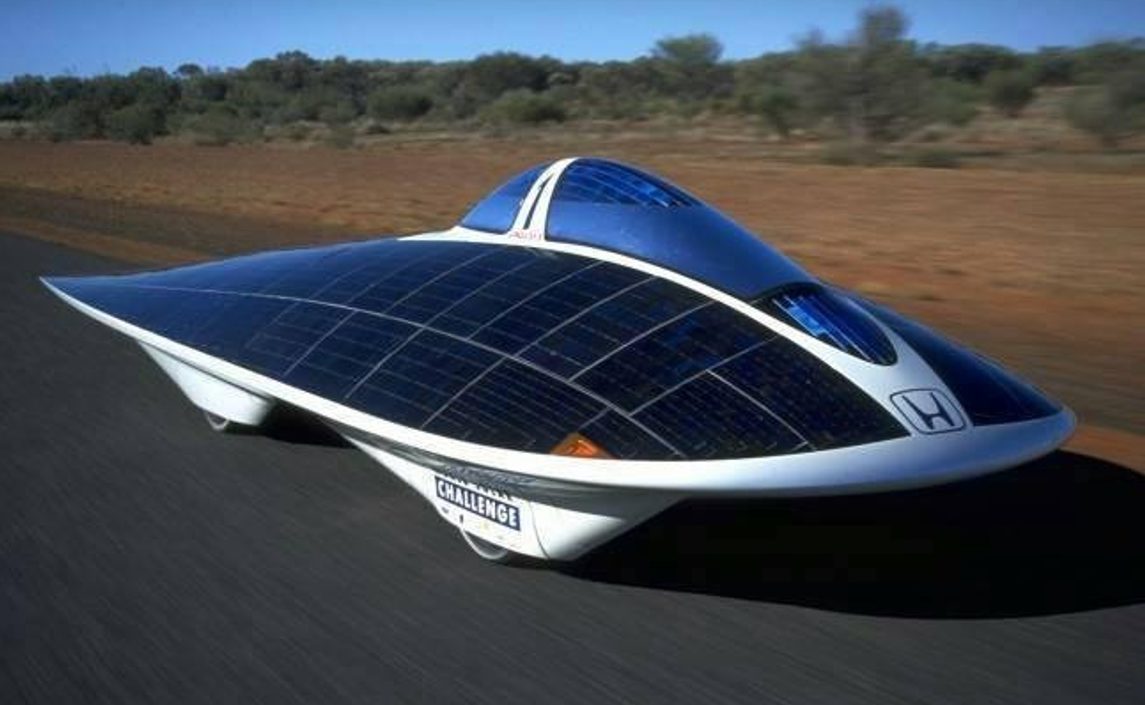
Solar-powered cars garner attention for good reason. This vehicle triumphed in the World Solar Challenge, conquering the harsh Australian continent. Solar panels cover its smooth, aerodynamic body like scales on a futuristic fish. The ultralight design prioritizes efficiency above all else.
Engineers crafted its body using lightweight composites to maximize performance. Every curve serves to minimize wind resistance. The low-slung profile hugs the ground while capturing maximum sunlight. It looks more like a science experiment than a traditional vehicle. The design represents sustainable racing’s potential when constraints become inspirations rather than limitations.
The interior focuses purely on functional minimalism. A single-seat configuration accommodates one determined driver. The cockpit displays vital energy management data through efficient instrumentation. Every gram saved translates directly to competitive advantage.
The powertrain utilizes advanced energy management technologies that would later influence hybrid vehicles. Driving requires monitoring power consumption with obsessive precision. The steering wheel feels almost absurdly lightweight. The success of this vehicle demonstrates how racing pushes sustainable technologies forward. Achieving victory required driving skill matched with energy conservation strategy that borders on mathematical wizardry.
3. Bugatti Type 41 Royale (Exterior)

Ettore Bugatti dreamed of creating the ultimate luxury automobile. His Royale achieved truly massive proportions – over 21 feet long. The enormous hood houses an aircraft-derived straight-eight engine. Massive 24-inch wheels support the substantial chassis.
The imposing grille features the iconic Bugatti horseshoe shape. Coachbuilders created unique bodies for each example. It’s the automotive equivalent of building a cathedral when everyone else was making chapels. Only six chassis were built. The car arrives at destinations before the driver even finishes saying where they’re going.
Bugatti Type 41 Royale (Interior)
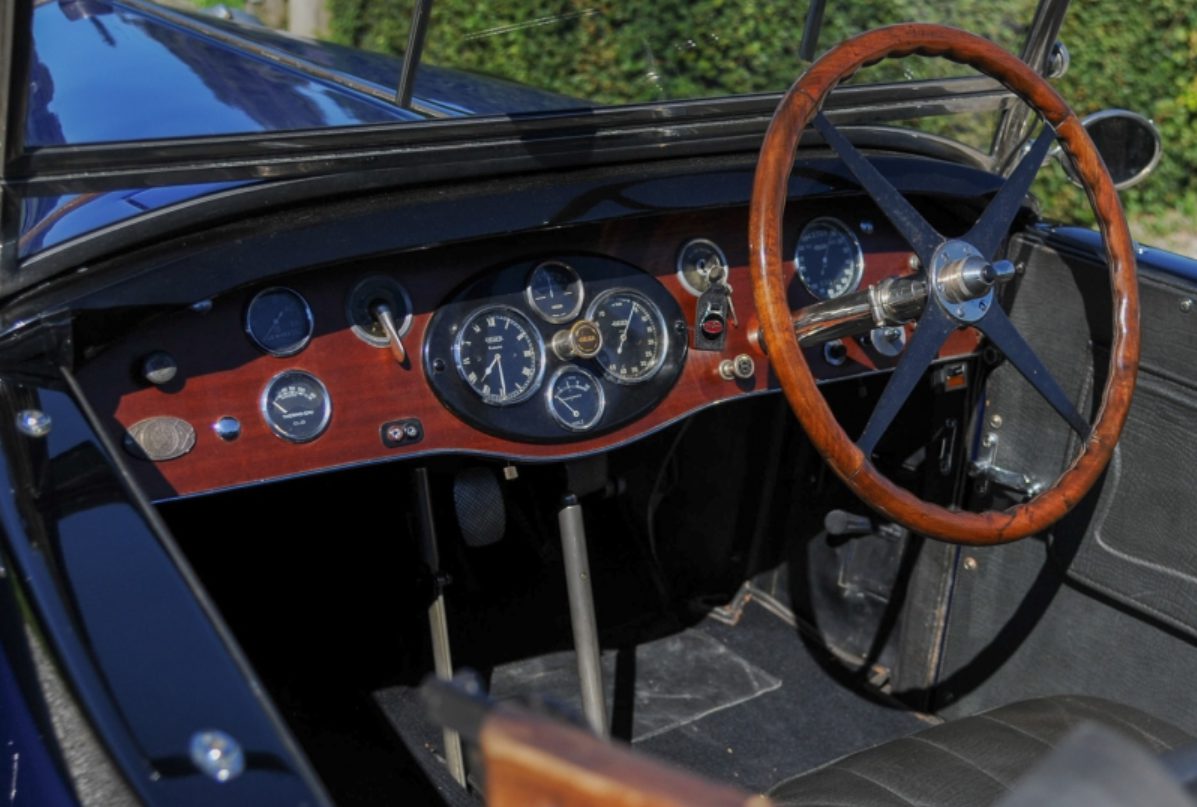
Inside this behemoth, opulence reaches extraordinary levels. Spacious rear compartments could accommodate royalty in comfort. Fine wood and leather cover every surface. The driver’s area remains separated from passenger space in traditional chauffeur style.
The 12.7-liter engine produces 300 horsepower – exceptional for the 1920s. Only three were sold to wealthy individuals initially. Examples now reside in museums and private collections. The cabin feels larger than some Manhattan apartments (and probably costs more). Getting lost inside remains a genuine possibility for smaller passengers.
2. Ferrari 250 P5 Berlinetta Speciale (Exterior)
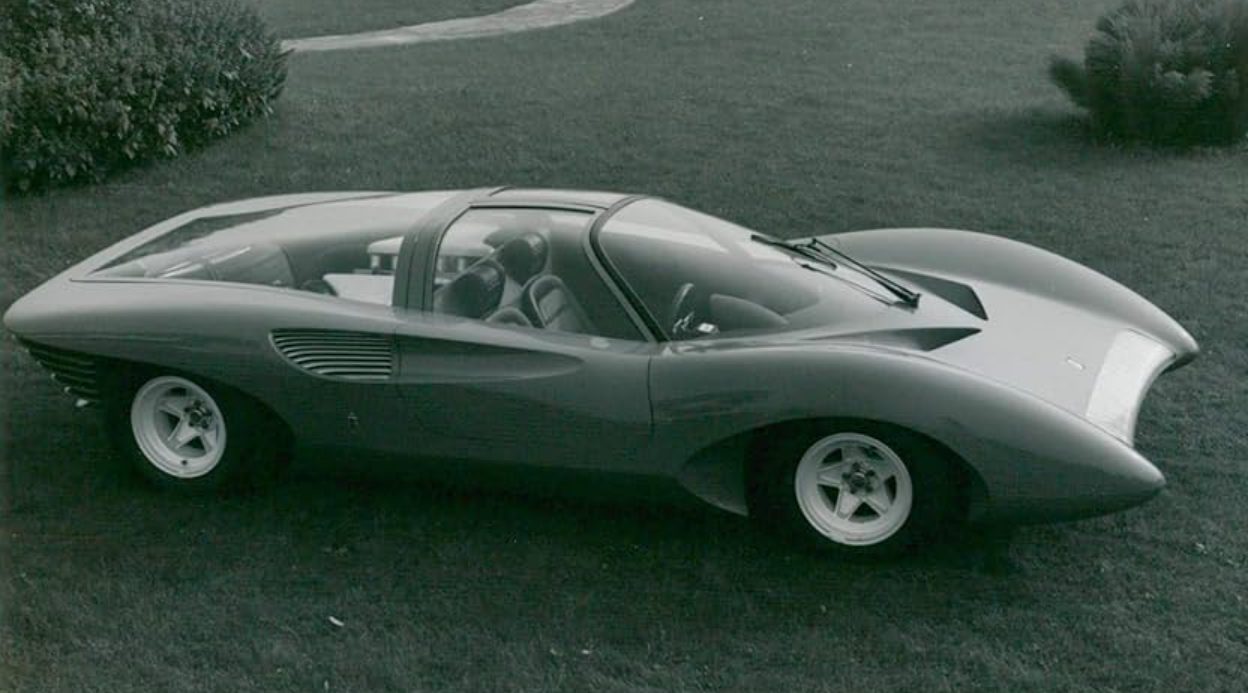
Collaborations rarely achieve the innovation of this Ferrari-Pininfarina partnership. Its unveiling captivated audiences at the 1968 Turin Motor Show. Sleek lines and futuristic styling characterized the revolutionary concept. Gull-wing doors enhance its dramatic presence.
Aerodynamic principles guided the body design. The mid-engine layout influenced visibility and proportions. It’s like finding a sketch of the iPhone from 1968 – impossibly ahead of its time yet somehow perfect. Unfortunately, it never progressed beyond the concept stage. Engineers and designers still study its proportions with reverence.
Ferrari 250 P5 Berlinetta Special (Interior)
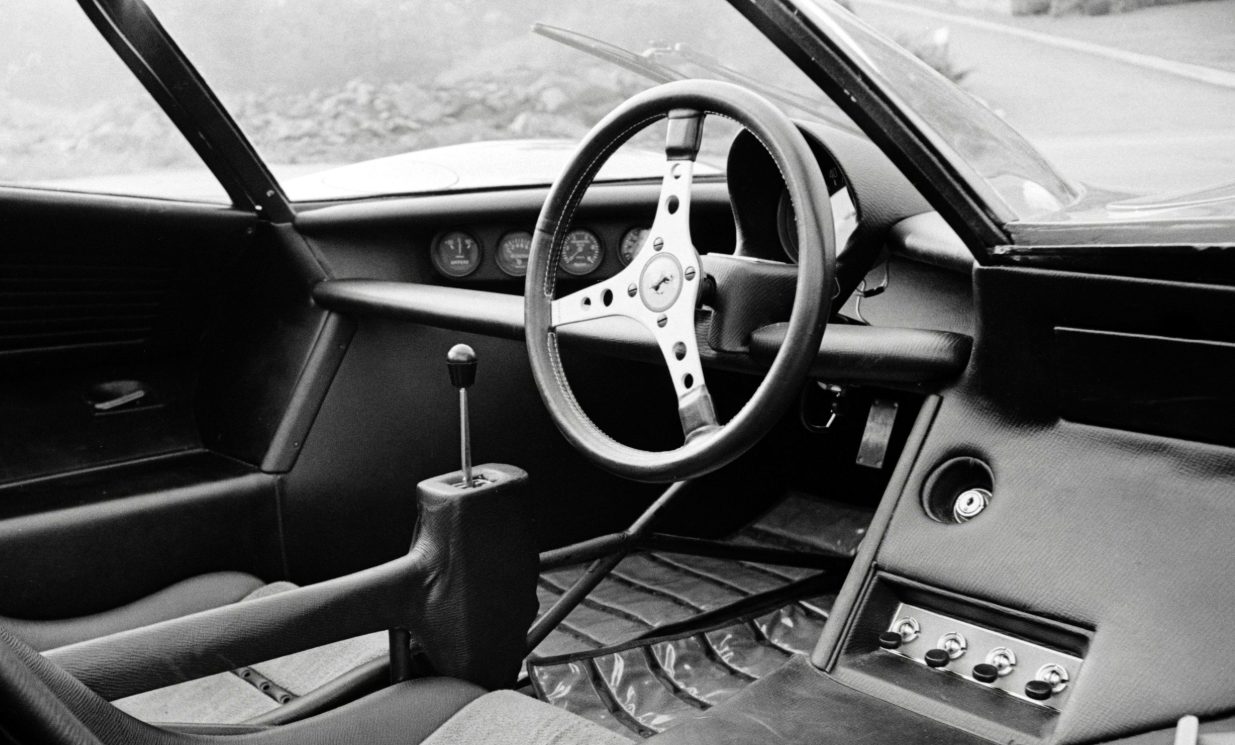
The interior balances racing functionality with concept car showmanship. The wraparound dashboard clusters instruments within the driver’s view. Low-slung seats reflect performance intentions. The steering wheel features minimal padding for maximum feedback.
Based on the Ferrari 250 LM racing chassis, it maintains competition DNA. The V12 engine sits visible through the rear window. It remains a glimpse of an unrealized automotive future. Sitting inside feels like test-driving the 1980s while still in the 1960s. The ergonomics somehow make more sense than many production cars from the same era.
1. Leyat Helica (Exterior)
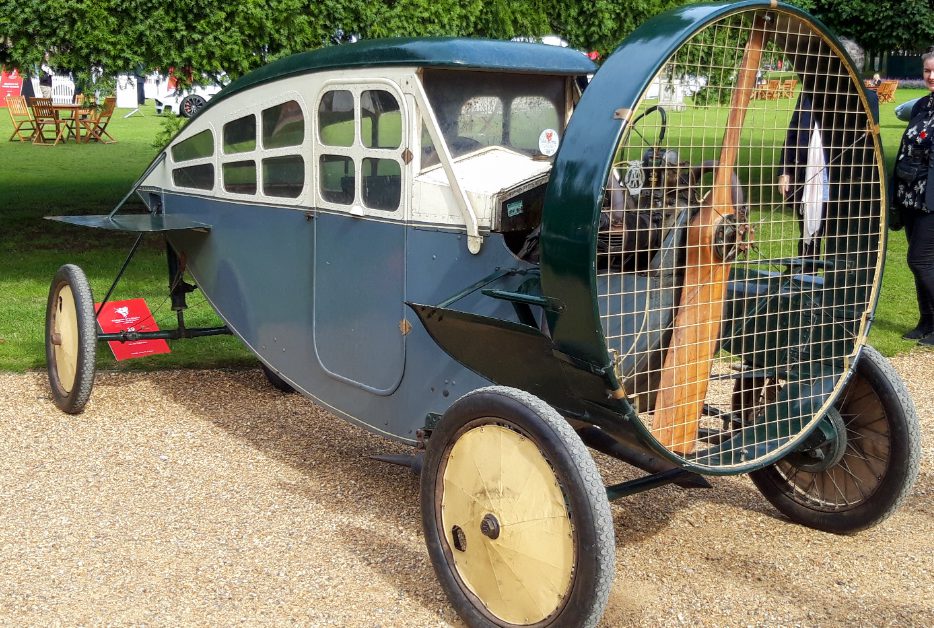
Aviation concepts sometimes inspire unconventional automotive design. This bizarre creation features a propeller mounted upfront for propulsion. Marcel Leyat applied aircraft principles to ground transportation. The wooden body minimizes weight while maintaining structural integrity.
The narrow profile reduces aerodynamic resistance. Small wheels seem inadequate for the vehicle’s purpose. Modern safety regulators would have collective heart attacks if this were proposed today. Production stopped after approximately 30 units. Pedestrians likely developed impressive reflexes in neighborhoods where these operated.
Leyat Helica (Interior)

The spartan interior reflects its experimental nature. Simple controls manage the aviation-inspired propulsion system. Minimalist seating accommodates a driver and passenger. Safety considerations seem notably absent by modern standards.
The spinning propeller presented obvious hazards to pedestrians and occupants alike. Operating it required equal parts courage and recklessness. Insurance companies probably didn’t know whether to classify it as a car or a blender. This daring concept showed the boldness of early automotive experimentation. Passengers likely needed both religious faith and excellent health insurance.









